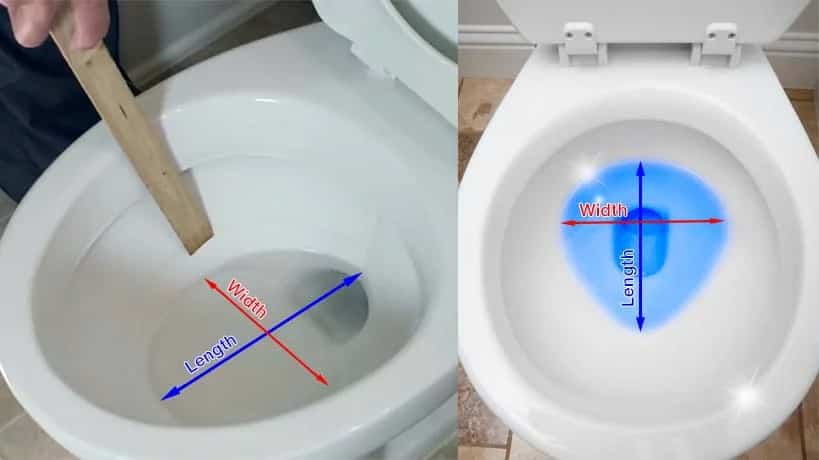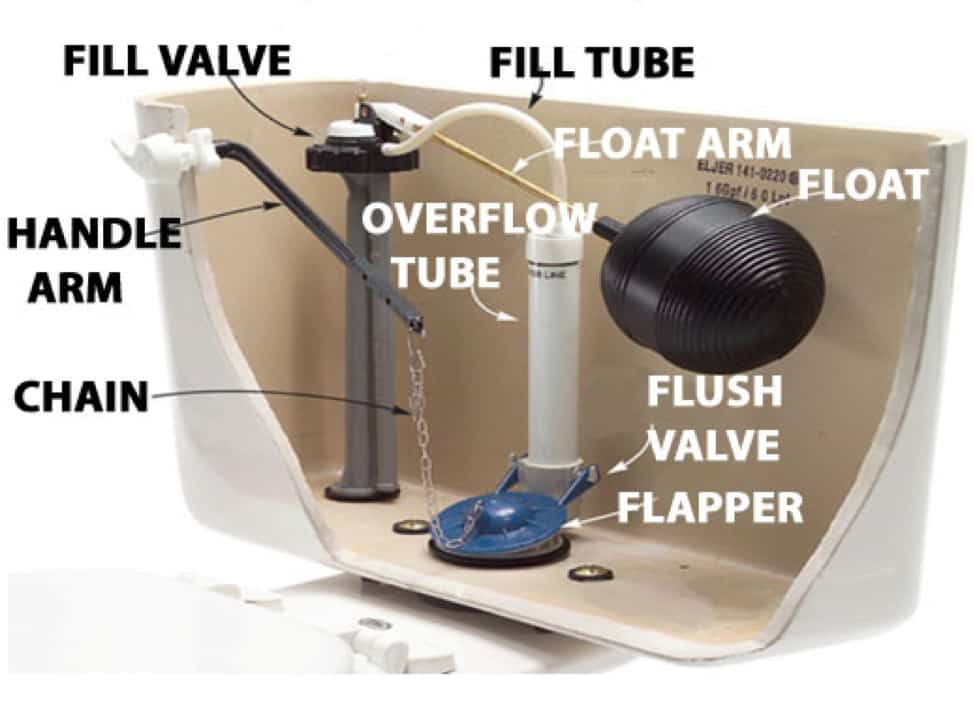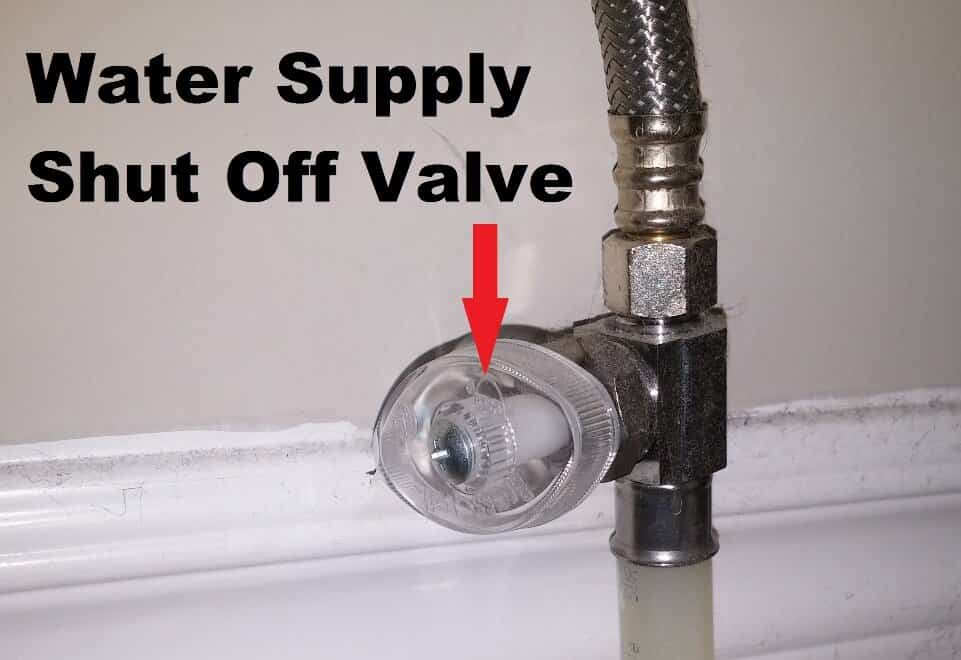Have you ever noticed your toilet water is either too high or too low? Well, you are not the only one facing such a problem. A toilet that doesn’t flush properly or has a constantly running tank is not only annoying, but it’s also a waste of water. The good news is that the process to adjust the water level in the toilet bowl is relatively easy and straightforward.
Depending on the model of your toilet, there will be either a knob or a float ball that controls the water level. By making a few simple adjustments, you can keep your toilet flushing properly and save yourself a lot of frustration. Here are the steps to have a perfectly functioning toilet in no time. But before you learn how to adjust the water level in the toilet bowl, let’s first understand the reasons behind it to know why the problem occurred in the first place.
4 Reasons For Low or High Water In Toilet Bowl
1. Clogged Drain or Toilet Trap
One of the most common reasons for a clogged toilet is an object that has been flushed and become lodged in the toilet trap or drain. This can cause water to back up and overflow into the bowl, resulting in a high water level. To unclog your toilet, you’ll need to remove the object causing the blockage. This can usually be done with a plunger or by using a plumber’s snake.
You may also like- 10 Best Toilet Seats To Enhance the Look & Comfort Of Your Bathroom
2. Blocked Toilet Vent
Another common cause of toilet water level low is a blocked vent stack. The vent stack is what allows air to enter the sewer system. And when it’s blocked, it can cause a vacuum to form. This vacuum will suck water out of the bowl, leading to the toilet water level being low. The best way to clear a blocked vent stack is to hire a professional plumber.
3. Worn Out or Unclipped Refill Tube
The refill tube is what supplies water to the tank after each flush. If this tube is worn out or not properly clipped onto the fill valve, it can cause water to leak into the bowl, resulting in a high water level. To fix this problem, simply replace the refill tube with a new one.
4. Faulty Toilet Fill Valve
A faulty fill valve can also cause water to leak into the bowl, resulting in a high water level. Fill valves are located inside the tank and are responsible for controlling the flow of water into it. If your fill valve is broken, it will need to be replaced with a new one.
How to Adjust Water Level in Toilet Bowl | Easiest Ways
There are two ways to adjust the water level in your toilet bowl: by adjusting the float or by adjusting the shut-off valve. Let’s learn how to adjust the water level in the toilet bowl with both methods.
Adjusting the Float
A float is a buoyant object (usually made of plastic) that sits on top of the water in the tank and controls how much water flows into the bowl.
- To adjust the float, start by flushing the toilet to empty the tank.
- Then, find the screw or knob that adjusts the float and turn it clockwise to increase the water level or counterclockwise to decrease it.
- After adjusting the float to your desired setting, flush your toilet again and check the water level in the bowl to make sure it’s where you want it to be. If not, adjust as necessary and flush one more time.
Adjusting the Shut-Off Valve
The shut-off valve is located at the base of your toilet tank and controls how much water enters your home’s main water supply line.
- To adjust this valve, start by shutting off the water supply to your toilet completely (there should be a shut-off valve on or near your toilet—if you can’t find it, look for it on your home’s main water shut-off valve).
- Then, flush your toilet until all of the water has drained from the tank. Once all of the water has drained out, find the adjustment screw on top of the fill valve (this is usually located near where the supply line enters into the tank) and turn it clockwise to lower the amount of water that flows into the tank or counterclockwise to raise it.
- After adjusting the shut-off valve to the desired setting, turn on the main water supply to your home and wait for a few minutes for the tank to fill back up before flushing again.
- Check the bowl to make sure the new setting has taken effect—if not, repeat as necessary until you get it just right!
Also read- 7 Best No Clog Toilets Review- Buying Guide
Closing Notes
So, here is everything you ever wanted to know about adjusting the toilet bowl water level but were afraid to ask. If you’ve managed to mess this up somehow (and let’s be honest, it’s not exactly rocket science), don’t hesitate to give your friendly neighborhood plumber a call – we all make mistakes sometimes. But hopefully, armed with this knowledge, you can successfully adjust the water level yourself and avoid any nasty surprises down the line.
Frequently Asked Questions
1. Why is it necessary to adjust the water level in the toilet bowl?
The water level in the toilet bowl needs to be adjusted for two reasons. The first reason is so that the float ball can rise and fall freely. The second reason is so that there is enough water in the bowl to properly flush your toilet.
2. How to know – Is the toilet bowl water level low or high?
If the water level is too high, then the float ball will not be able to fall far enough and the toilet will not flush correctly. If the water level is too low, then there won’t be enough water to properly flush your toilet.
3. How to clean under the rim of the toilet?
One way to clean under the rim is to use a toilet brush. First, flush the toilet to wet the area and make it easier to reach. Next, use the brush to scrub under the rim, using circular motions. Be sure to pay attention to any nooks and crannies where dirt may be hiding. Lastly, flush your toilet once more to rinse away any remaining dirt and bacteria. If you are a bit skeptical, you can also watch tutorials on – How to clean under the toilet rim at home and get started more confidently.
4. How do you adjust the water level in a toilet?
To adjust the water level toilet, you need to find the fill valve and turn it clockwise or counterclockwise until you reach the desired water level. Make sure to turn off the fill valve before making any adjustments.


